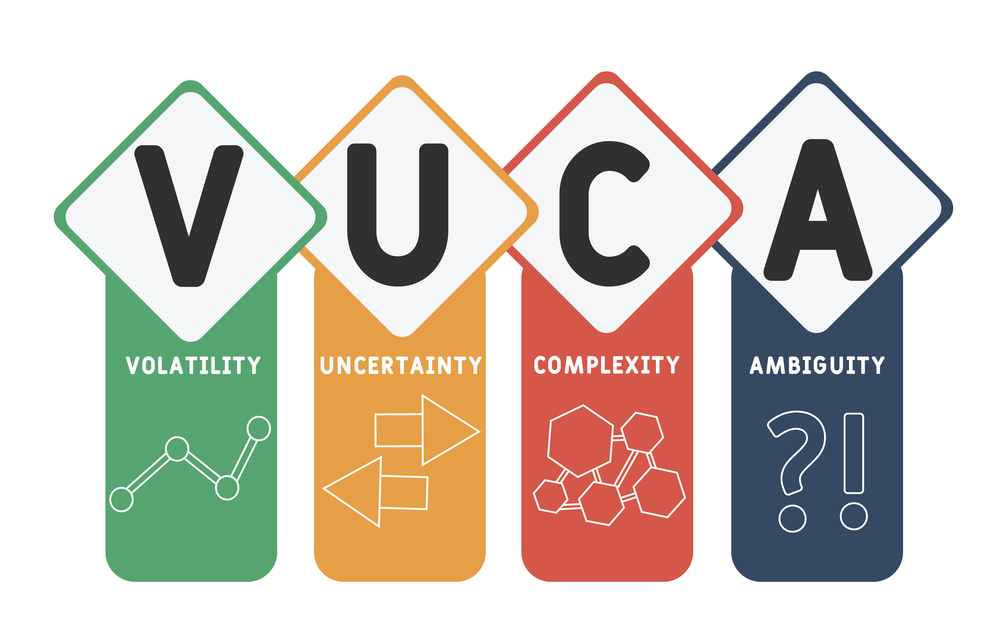 Over the past five years, I’ve had the opportunity to work with clients in their 40s and 50s while they were at a crossroads in their career. I consider this to be an exciting but challenging task because often these people are well-qualified in their professions and are also accustomed to excellent earnings. This means that the stakes are very high – they can’t afford to go from a solid salary to a considerably lower income.
Over the past five years, I’ve had the opportunity to work with clients in their 40s and 50s while they were at a crossroads in their career. I consider this to be an exciting but challenging task because often these people are well-qualified in their professions and are also accustomed to excellent earnings. This means that the stakes are very high – they can’t afford to go from a solid salary to a considerably lower income.
In these clients’ cases, something dramatic happened in their workplace. Sometimes it was an unexpected merger and consequently, their role became redundant. Other times, upper management chose to replace them with someone ‘fresher’ and more ‘vibrant’ (basically coded language for younger) who will work for less money, despite it being glaringly obvious the new employee didn’t have the same level of expertise or work experience. In all these situations, my more mature clients were faced with the stressful choice between trying to find another high paying job or figuring out a way to become their own boss. Unfortunately, both options are associated with major risks.
Although what follows is based on past experience with established professionals, I anticipate that going forward, much of what I’ll describe in this two-part blog will also apply to younger professionals who are facing job loss due to automation (including artificial intelligence and machine learning) or other major structural changes to the economy.
Building Equity in Your own Livelihood
I’ve come to realize that you don’t usually build “equity” as an employee the same way that you build equity as a business owner or self-employed person. Your “value” as an employee doesn’t necessarily increase over time (see Figure 1). You do, however, develop transferable skills, experience, and grow a network as you progress in your career.
On the flip side, as a self-employed person or business owner, one can and often does build equity in something that you have control over (of course, this assumes you’re making it past the rocky early years … and the slope of the graph depends on many factors). See Figure 2.
Typically, when I broach the idea of self-employment or propose buying a modest franchise, most of my clients don’t even want to contemplate it. They’ve grown accustomed to being valued employees, and feel more secure when they feel like their being taken care of by their firm or organization – and there’s nothing wrong with that. Being a business owner or self-employed is perceived as time-consuming and high-risk. Many of my clients want to pursue something that they perceive as “safer” allowing them to maintain their lifestyle while meeting their established financial obligations. Those are all realistic (and desirable) concepts to be mindful of. But what if it I told you that it could be even riskier to go from one high paying job to another when you’re well into your 40s or 50s?
Hidden Risks to High Earning Employees
Let me explain. For many knowledge workers and professionals, as they progress in their careers, their income increases along with their expertise and work experience. This means they become more expensive to their employers. So, by the time a professional enters their late 40s or 50s, they are usually hitting their peak income-earning years (see Figure 3).
Most organizations, find these hard-working, talented employees valuable to a certain point, but frequently they become too expensive to sustain. To cope, the business may pay those expensive, top-earning workers a fair severance and then hire someone less experienced who’s prepared to work for much less and for more hours. It’s a budgeting exercise. The counterintuitive reality is that it becomes increasingly risky to be an employee in the private sector where profit is the main motive. This is perhaps less of a concern in the public service and non-profit organizations.
In contrast, over time, once a business owner or self-employed person is established and has a good business model, an adequate source of ongoing referrals, effective marketing, etc. then the risks decrease over time (see Figure 4).
There’s more to this story but with all these graphs, etc. it’s better to continue exploring this topic next week. It’s a predicament many employees will face in the future and ultimately an important analysis for established employees who are sensing potential instability in their workplace/position. This may start to apply more broadly as the impact of automation, artificial intelligence, and machine learning become more prevalent in the coming years. The stakes are high so it’s worth taking the time to spell everything out. So, stay tuned for part two of this article.
Note – this blog post is based on my reflections on my clients’ circumstances and a conversation that I had at a trade show for franchisors with a representative from FranNet.
If you’d like to discuss mid-to-late career changes or pivots, I invite you to contact me by email, phone, or via direct message on Twitter, Facebook, or LinkedIn.
More than career coaching, it’s career psychology®.
I/O Advisory Services – Building Resilient Careers and Organizations.
Easily share this article using any of the social media icons below!







